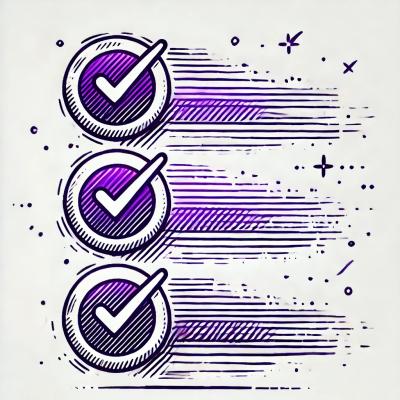@instana/collector 
Monitor your Node.js applications with Instana!
Installation |
Configuration |
API |
Changelog
Server Only
PSA: This package is for monitoring Node.js server applications with Instana. If you want to monitor JavaScript applications running in a browser, check out our docs on website monitoring.
Migrating From instana-nodejs-sensor To @instana/collector
Starting with release 1.65.0, the name of the npm package has changed from instana-nodejs-sensor to @instana/collector. Please update the package name in your package.json file accordingly and run npm install/yarn install afterwards (to update package-lock.json/yarn.lock).
In your source code, you need to replace all occurrences of
require('instana-nodejs-sensor') with require('@instana/collector'), andimport instana from 'instana-nodejs-sensor' with import instana from '@instana/collector'.
Most applications will only have one such require/import statement.
Note: To help users that cannot migrate immediately, we will keep publishing new versions of @instana/collector additionally under the name instana-nodejs-sensor for a while, but please note that this package is now deprecated and you should switch to the new package name as soon as possible.
Installation And Usage
The installation of the Instana Node.js collector is a simple two step process. First, install the @instana/collector package in your application via:
npm install --save @instana/collector
Now that the collector is installed, it needs to be activated from within the application. Do this by requiring and initializing it as the first statement in your application. Please take care that this is the first statement as the collector will otherwise not be able to access certain information.
require('@instana/collector')();
The code shown above initializes the collector with default configuration options. Refer to the CONFIGURATION.md file for a list of valid configuration options, and in particular to the section Agent Communication for details about configuring connectivity between your monitored application and the Instana agent.
Important: It is not enough to only have the require statement as the first statement in your application. You need to actually call the function exported by require('@instana/collector'), and this needs to happen before the any other require statements. That is, the following is not supported:
require('@instana/collector');
require('something');
require('another-thing');
...
and neither is this:
const instana = require('@instana/collector');
require('something');
require('another-thing');
instana();
...
CPU Profiling, Garbage Collection And Event Loop Information
Some information is not available to Node.js programs without the help of native addons. Specifically, the Instana Node.js collector uses these addons
- to retrieve information about garbage collection,
- to retrieve information about event loop activity,
- for CPU profiling, and
- to report uncaught exceptions (if enabled).
While the collector works fine without these native addons (technically, they are marked as optional dependencies), we strongly recommend you to support native addon compilation.
Native addons are compiled automatically for your system and Node.js version when the Instana Node.js collector dependency is installed (as part of the npm install step). In order for the compilation to work, the system needs to have tools like make, g++ and python installed. These tools can often be installed via a bundle called build-essential or similar (depending on your package manager and registry). The following example shows how to do this for a typical Ubuntu setup.
apt-get install build-essential
# -or-
yum groupinstall "Development Tools"
It is important that the installation of the dependencies is happening on the machine which will run the application. This needs to be ensured, because otherwise native addons may be incompatible with the target machine's system architecture or the Node.js version in use. It is therefore a bad practice to npm install dependencies on a build server and to copy the application (including the dependencies) to the target machine.
If you run your Node.js application dockerized, this aspect deserves extra attention. You might want to check the output of your Docker build for node-gyp errors (look for gyp ERR! and node-pre-gyp ERR!). If these are present, you should inspect and evaluate them. Some of them can be safely ignored. For example, some packages might try to download precompiled binaries, if this fails, they fall back to compilation via node-gyp that is, the download error can be ignored, if the compilation step worked. Other packages emit a lot of notes and warnings during compilation, which can also be ignored.
If the installation of an optional dependency ends with gyp ERR! not ok, you might want to look into it. While Instana can unfortunately not provide support for fixing your particular Dockerfile, we do provide some example Dockerfiles.
API
In most cases it is enough to require and initialize @instana/collector and let it do its work. However, there is an API for more advanced use cases.
OpenTracing
See OpenTracing API.
FAQ
How Can The Node.js Collector Be Disabled For (Local) Development?
The easiest way to disable the Node.js collector for development is to use environment variables. The Express framework popularized the environment variable NODE_ENV for this purpose, which we recommend to use for this purpose. Load the Node.js collector in the following way:
if (process.env.NODE_ENV !== 'development') {
require('@instana/collector')();
}
Next, start your application locally with the NODE_ENV variable set to development. Example:
export NODE_ENV=development
# -or-
NODE_ENV=development node myApp.js




